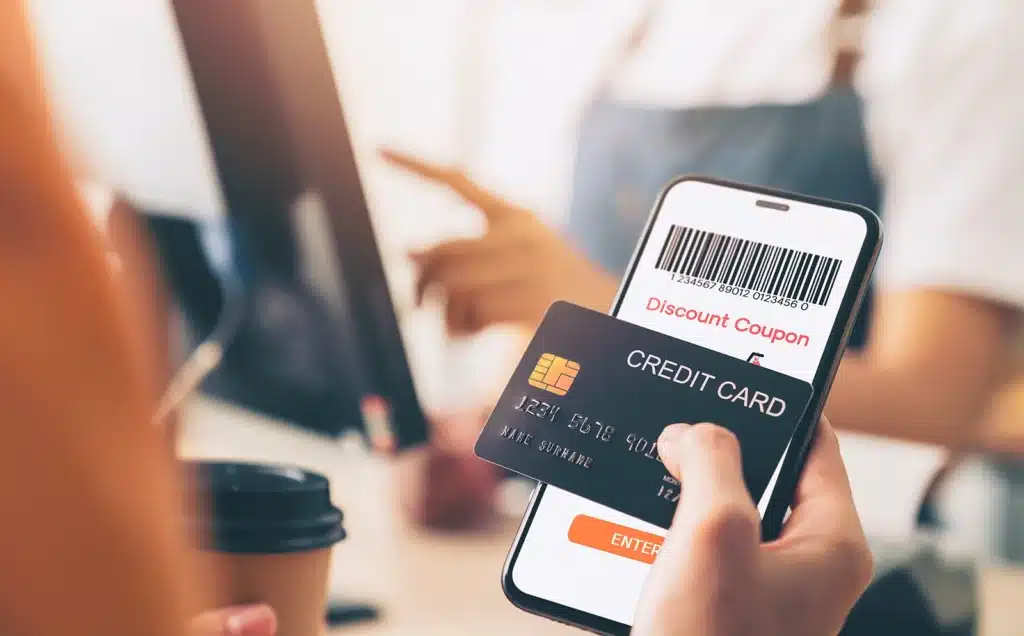In today’s competitive market, building a customer loyalty program is not just a strategy; it’s a necessity. However, crafting an effective program requires more than just offering discounts or rewards. To truly engage and retain customers, businesses must consider several crucial factors when structuring their loyalty initiatives. Here, we dive into the essential considerations when building a loyalty program.
Understanding Customer Behavior

At the core of any successful loyalty program lies a deep understanding of customer behavior. To tailor your program effectively, you’ll want to scrutinize and study the following aspects of your customers’ actions:
- Current Behavior Analysis: Before implementing a loyalty program, analyze how your customers currently interact with your brand. Are they frequent purchasers, or do they make sporadic purchases? How often do they use your service? Do you see ritualistic behavior or is their use of your service intermittent? Understanding their existing behavior patterns provides a baseline for designing incentives that resonate with their preferences.
- Desired Behavior Alignment: Define how you want your customers to act within your loyalty program. Whether it’s increasing purchase or service frequency, spending thresholds, or engagement with your brand across various channels, align your program’s structure with these objectives.
- Motivational Factors Identification: Identify what motivates your customers to engage with your brand and remain loyal. Whether it’s exclusive access to products, personalized offers, or social recognition, understanding these motivational drivers allows you to design rewards that truly resonate with your audience.
- Success Metric Definition: Clearly outline the metrics that define the success of your loyalty program. Whether it’s increased customer retention rates, higher average order values, or enhanced brand advocacy, establishing measurable goals ensures that your program remains aligned with your overarching business objectives.
Tailoring the Program to Your Business

In addition to understanding customer behavior, structuring your loyalty program requires aligning it with your business’s unique characteristics:
- Product Consideration: Consider the type of products or services you offer when designing your loyalty program. For instance, if you sell consumable goods, a points-based system rewarding frequent purchases may be effective. Conversely, if your products have longer replacement cycles, consider tiered rewards to incentivize larger purchases.
- Customer Buying Cycles: Analyze your customers’ buying cycles to determine the optimal timing and frequency of rewards distribution. Aligning rewards with peak purchasing periods or milestone events in the customer journey enhances their perceived value and encourages continued engagement.
- Customer Segmentation: Segment your customer base based on demographics, purchasing behavior, or engagement levels to tailor loyalty program offerings effectively. By catering to the unique preferences and needs of different customer segments, you can maximize engagement and retention across diverse audience groups.
- Omnichannel Integration: In today’s interconnected world, integrating your loyalty program seamlessly across multiple channels is imperative. Whether it’s in-store interactions, online purchases, or mobile app engagement, ensure a consistent and frictionless experience for customers regardless of their preferred touchpoints.
- Data Utilization and Personalization: Leverage customer data to personalize loyalty program experiences and offers. By harnessing insights from past purchases, browsing behavior, and demographic information, you can deliver targeted rewards and communications that resonate with individual preferences, fostering a deeper sense of connection and loyalty.
- Communication Strategy: Develop a robust communication strategy to keep customers informed and engaged with your loyalty program. Whether through email newsletters, push notifications, or social media updates, regular communication about program updates, rewards, and exclusive offers reinforces its value and encourages ongoing participation.
Conclusion

In conclusion, building a customer loyalty program requires a comprehensive understanding of both customer behavior and business dynamics. By analyzing current behaviors, defining desired outcomes, identifying motivational factors, and establishing clear success metrics, businesses can create loyalty initiatives that drive meaningful engagement and long-term customer retention. Moreover, by tailoring program structures to align with product offerings, buying cycles, and omnichannel experiences, businesses can maximize the effectiveness and relevance of their loyalty efforts in today’s competitive landscape.
Additionally, fostering open communication channels with customers and soliciting feedback can further enhance the efficacy of loyalty programs. By actively listening to customer preferences and adapting programs accordingly, businesses demonstrate their commitment to meeting evolving needs and fostering genuine connections. Furthermore, integrating technology solutions such as data analytics and personalized rewards systems can provide valuable insights and enhance the overall customer experience, ultimately solidifying brand loyalty and positioning the business for sustained success in the market.




